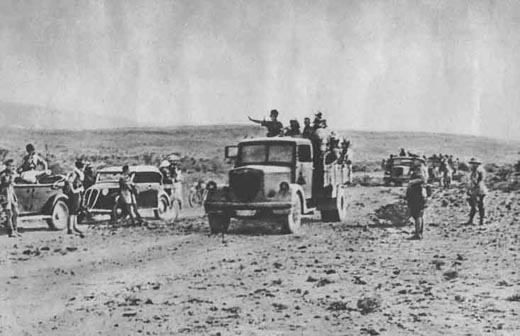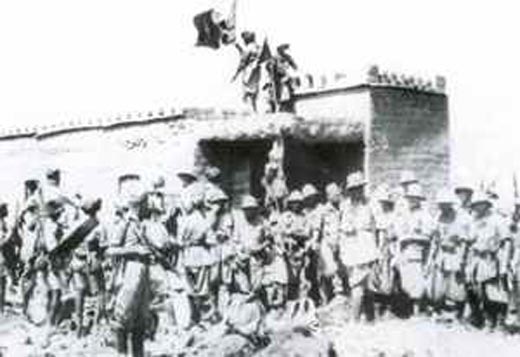Battle of Britain
Day 25
Weather - Overcast over the country with occasional bright intervals.
Combat - Raids are predominantly restricted to reconnaissance with a few crossing the coastline near Cardiff and one over Lands End. Anti-aircraft batteries in the West Midlands claim an He-111 while a Blenheim of No: 235 Squadron shoots down a He-115 over the North Sea. Bombs are dropped by a He-111 near Canterbury who escapes without being intercepted.
During the night widespread mine-laying continues around the British coastline with several raids plotted over East Anglia, South Wales, Scotland and the Northwest of England.
R.A.F. Losses: Nil
Luftwaffe Losses: 7 aircraft damaged or destroyed with 12 pilots and aircrew killed or missing.
NOTE: Losses include non-combat patrols and accidents.
[Battle of the Atlantic
- U-25 hits a mine and sinks off Terschelling with the loss of the entire crew of 49.
- U-A sinks the Yugoslavian steamer Rad off West Africa. The entire crew of 29 is picked up by the British steamer Grodno.
- U-57 sinks the Swedish steamer Atos (2161t) 35 miles north of Malin Head with the loss of 1 crewman. There are 27 survivors.
- The British steamer Wychwood (2794t) sinks on a mine 4 miles northwest of Shipwash Light Vessel. The British patrol sloop Mallard takes off 22 survivors.
Britain, Home Front
A large contingent of Canadian troops, including some US subjects, has arrived in Britain.
[Diplomatic Relations
Japan protests the U.S. embargo on aviation fuel.
[East Africa
Italy Moves on Somaliland |
 |
The Italians invade British Somaliland. In Abyssinia the Italians have a total force of 350,000 men, of whom 70% are native troops, under the command of Amadeo, Duke of Aosta. The British forces in East Africa, also including many colonial troops, are less than 25,000 men of whom only 4 battalions are in Somaliland. The Italians allot 7 times this force to the invasion along with an overwhelming superior artillery contingent. Gen Guglielmo Nasi is in command. There are 3 main lines of advance: toward Zeila in the north, Hargeisa in the center and Odweina on the right.
Italians Capture a Fort in British Somaliland |
 |
Zeila in the north of British Somaliland and Hargeisa on the main road to Berbera are both taken by the Italians.
[Mediterranean
The Italian steamer Lodoletta (2822t) is sunk by British bombing at Derna.
[